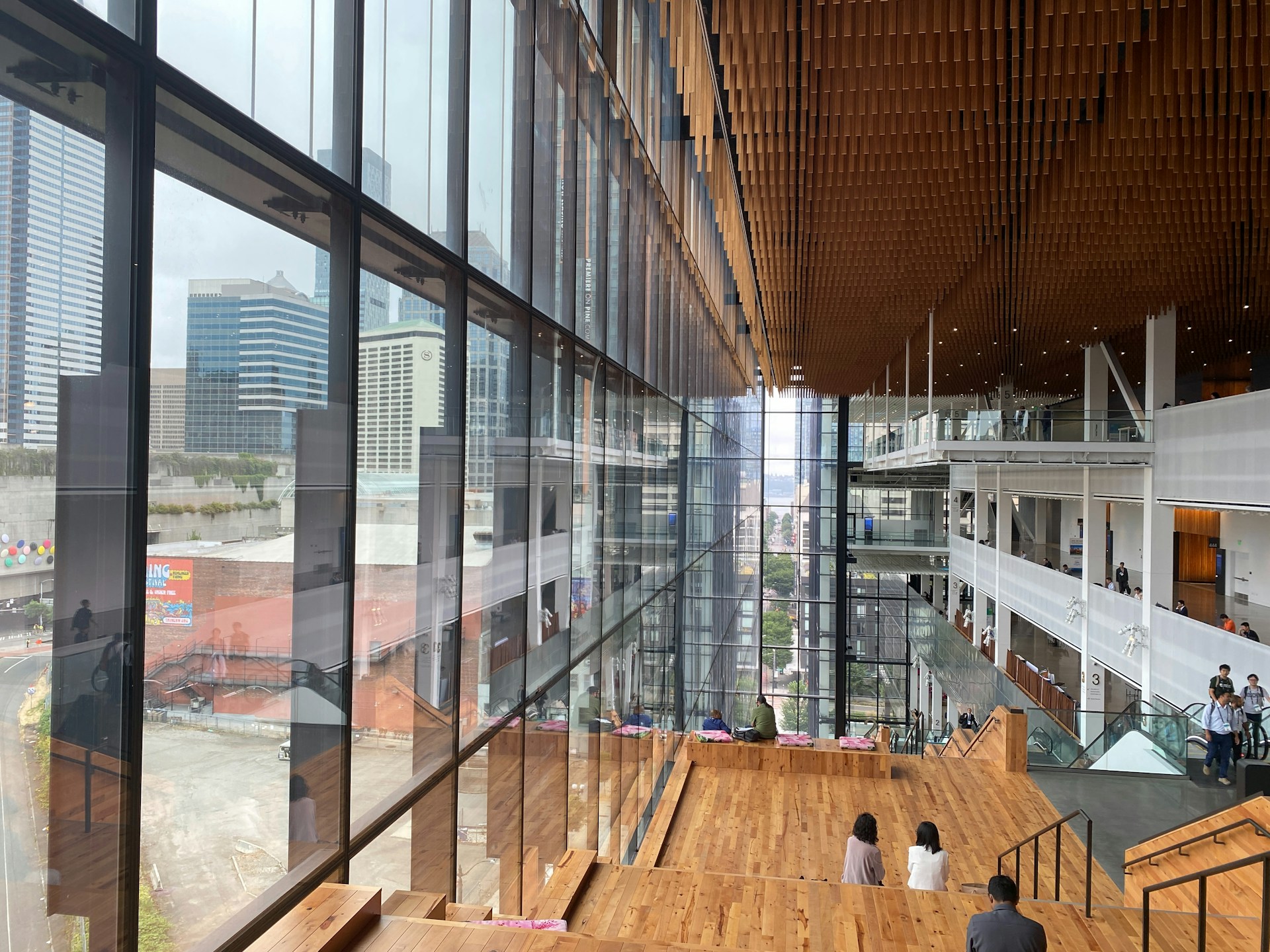The Art of Crafting Unforgettable Conventions: A Comprehensive Guide to Convention Planning
In a world where events play a crucial role in networking, brand building, and knowledge sharing, conventions stand out as the pinnacle of professional gatherings. Planning a successful convention requires meticulous attention to detail, creative thinking, and a deep understanding of the target audience. From choosing the right venue to coordinating logistics and creating engaging content, every step in the planning process contributes to the overall success of the event.
The first and most crucial step in convention planning is defining the purpose and objectives of the event. Understanding the goals of the convention helps in shaping the agenda, selecting speakers, and designing relevant sessions. Whether it’s a trade show, industry conference, or academic symposium, clarity on the event’s purpose sets the foundation for a memorable experience.
Venue selection is another critical aspect of convention planning. The venue sets the tone for the event and influences attendee experience. Factors such as location, capacity, amenities, and layout play a key role in determining the suitability of a venue for the convention. Whether it’s a sprawling convention center, a luxurious hotel ballroom, or a unique outdoor space, the venue should align with the event’s theme and objectives.
Logistics management is a complex but essential part of convention planning. From transportation and accommodation arrangements to catering, signage, and audiovisual equipment, meticulous planning and coordination are required to ensure a seamless experience for attendees. Working with reliable vendors, creating detailed schedules, and conducting thorough site visits are key strategies for effective logistics management.
Engaging content is at the heart of a successful convention. From keynote speeches and panel discussions to interactive workshops and networking sessions, the content should be informative, relevant, and inspiring. Collaborating with industry experts, thought leaders, and engaging speakers can elevate the quality of content and attract a diverse audience.
Promotion and marketing are integral to attracting attendees and creating buzz around the convention. Leveraging social media, email marketing, and targeted advertising can help reach a wider audience and generate excitement for the event. Offering early bird discounts, group packages, and exclusive perks can incentivize early registration and boost attendance.
On the day of the convention, effective event management is key to ensuring a smooth and successful experience for attendees. Having a dedicated team of event staff, volunteers, and on-site coordinators can help manage last-minute changes, handle emergencies, and provide assistance to participants. Regular communication, clear signage, and contingency plans are essential for managing unexpected situations.
Post-event evaluation and follow-up are crucial for assessing the success of the convention and gathering feedback for future improvements. Conducting surveys, analyzing attendance data, and collecting testimonials can provide valuable insights into the strengths and weaknesses of the event. Following up with attendees, sponsors, and partners is also important for maintaining relationships and soliciting input for future events.
In conclusion, convention planning is a multifaceted process that requires strategic thinking, creativity, and attention to detail. By focusing on defining objectives, selecting the right venue, managing logistics, creating engaging content, promoting the event, and executing effective event management, planners can craft unforgettable conventions that leave a lasting impression on attendees. With careful planning and execution, conventions can serve as powerful platforms for knowledge exchange, networking, and professional growth.
